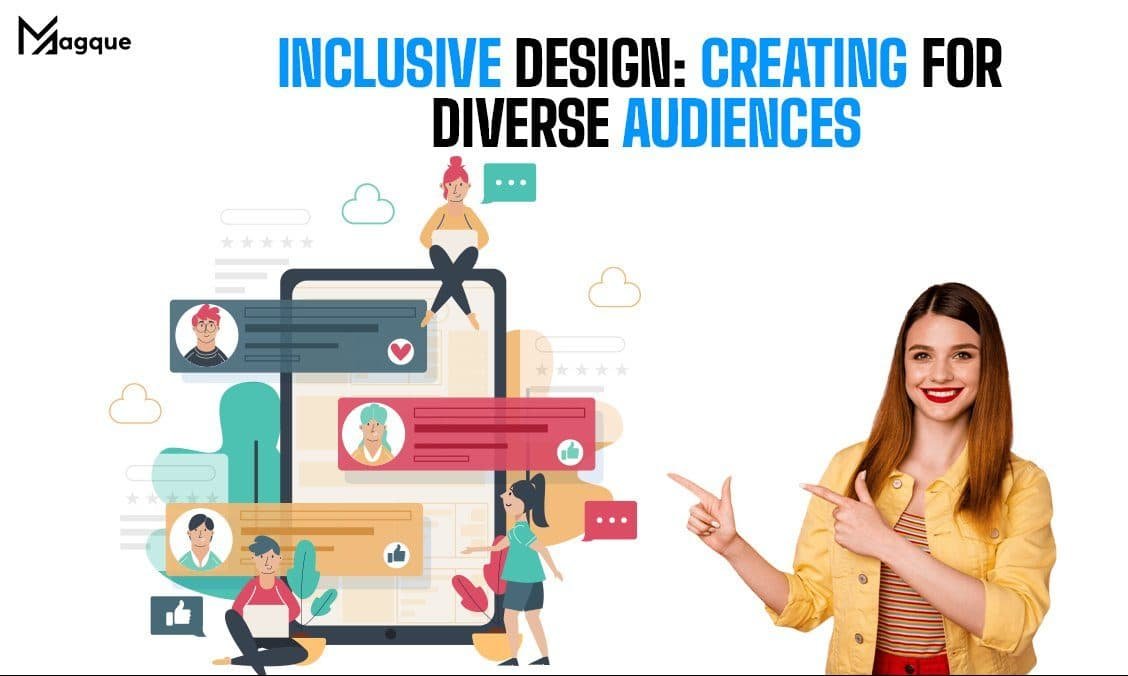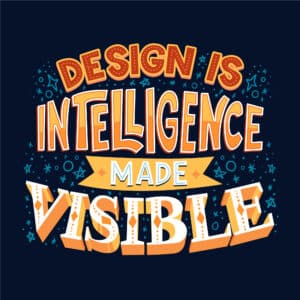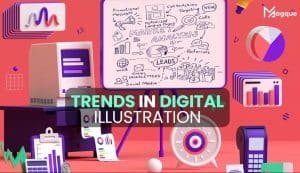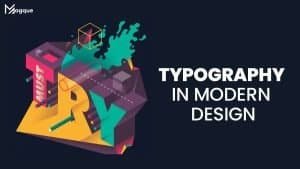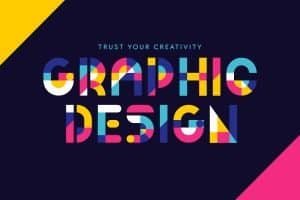Hey there! Let’s dive into a topic that’s not just a buzzword but a movement – Inclusive Design—Have you ever wondered why some products feel like they were made just for you while others miss the mark? That’s where inclusive design shines. It’s all about creating experiences that cater to everyone, regardless of background, ability, or situation. And today, we’re exploring how to excel at this, especially for you folks at Magque.
So, what’s the magic behind inclusive design? Imagine walking into a party where everyone’s invited – no one’s left out, and everyone gets to dance. That’s the heart of inclusive design. It’s not just about adding accessibility features as an afterthought but weaving them into the very fabric of your product from the get-go.
Why Does It Matter?
Think about the diverse world we live in. People come with their unique stories, challenges, and needs. By embracing inclusive design, we’re not just being friendly but intelligent. Products designed with everyone in mind reach a wider audience, spark innovation, and often lead to breakthroughs that benefit all users. Plus, it’s good for business. You build loyalty and trust when you show you care about every user. Who doesn’t want that?
Getting It Right
So, how do you master inclusive design? First off, know your audience. And I mean, really know them. Dive into their world, understand their challenges, and listen to their stories. This insight is gold.
Next up, bust out those creative tools and start innovating. Inclusion shouldn’t be a box-ticking exercise. It’s an opportunity to get creative, to think outside the usual design parameters. Have you ever seen those captions on videos? They were initially created for people who are deaf or hard of hearing, but think about how handy they are in a noisy café or when you forgot your headphones. That’s inclusive design at its best – solving for one but extending the benefits to many.
Inclusion in Action
Let’s bring it home with some real-world magic. Consider the humble app. An inclusively designed app isn’t just accessible; it’s intuitive for everyone. It means clear language, adjustable text sizes, colour contrast for readability, and thoughtful navigation, considering various motor abilities. It’s about offering choices – because who doesn’t love options?
Remember, inclusive design is a journey, not a destination. It’s about continuous learning, experimenting, and listening. The goal? To create products that aren’t just for some people but for all people.
Wrapping It Up
In a world where technology is a critical part of our lives, inclusive design is no longer optional; it’s essential. At Magque, we’re on a mission to make sure our products don’t just meet the standard but set the bar for inclusive design.
So, let’s get excited about creating experiences that everyone can enjoy. Because when we design for diversity, we innovate, include, and, most importantly, connect. Here’s to creating a more inclusive world, one design at a time!
FAQs
Q1. What is inclusive design?
Inclusive design is a methodology aimed at creating products, services, and environments that are accessible to and usable by as many people as reasonably possible without the need for adaptation or specialized design. It considers the full range of human diversity, including age, gender, physical ability, and cultural background, to ensure everyone can participate fully in society.
Q2. Why is inclusive design important?
Inclusive design is crucial because it acknowledges the broad spectrum of human diversity and aims to make the world more accessible and equitable. By designing for a diverse audience, products and services can reach a broader market, improve user satisfaction, and promote social inclusion. It’s not just about avoiding exclusion; it’s about creating positive experiences that enhance everyone’s lives.
Q3. How does inclusive design differ from accessibility?
While both inclusive design and accessibility seek to address challenges faced by people with disabilities, inclusive design goes further by considering the broadest possible range of users from the beginning of the design process. Accessibility often focuses on compliance with standards and making adjustments for specific disabilities. On the other hand, inclusive design is about building flexibility and considering diverse user needs from the outset.
Q4. Can inclusive design benefit people without disabilities?
Absolutely! Inclusive design benefits everyone, not just those with disabilities. For example, curb cuts, designed for wheelchair users, are also used by parents with strollers, travellers with luggage, and delivery workers using carts. Similarly, inclusive design in digital products can lead to features that improve usability for all users, like the option to change font sizes or contrast settings on a website.
Q5. How can I get started with inclusive design in my projects?
Getting started with inclusive design involves a shift in mindset and approach. Begin by broadening your understanding of your audience—research to understand potential users’ diverse needs and challenges. Involve people with various abilities and backgrounds in your design process, from ideation to testing. Seek out and consider feedback from a diverse group of users regularly. And remember, inclusive design is an ongoing process of learning and adaptation, not a one-time goal.
Read Also This:- Web Accessibility Trends: Inclusive Design for All Users

